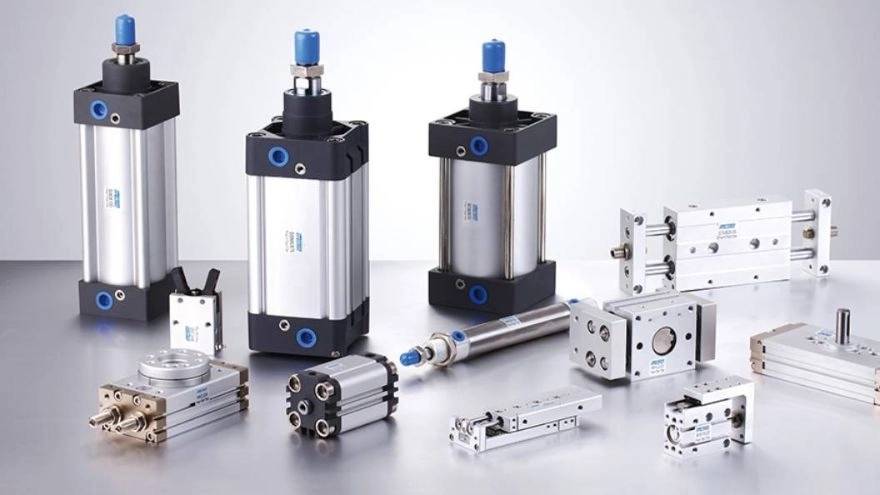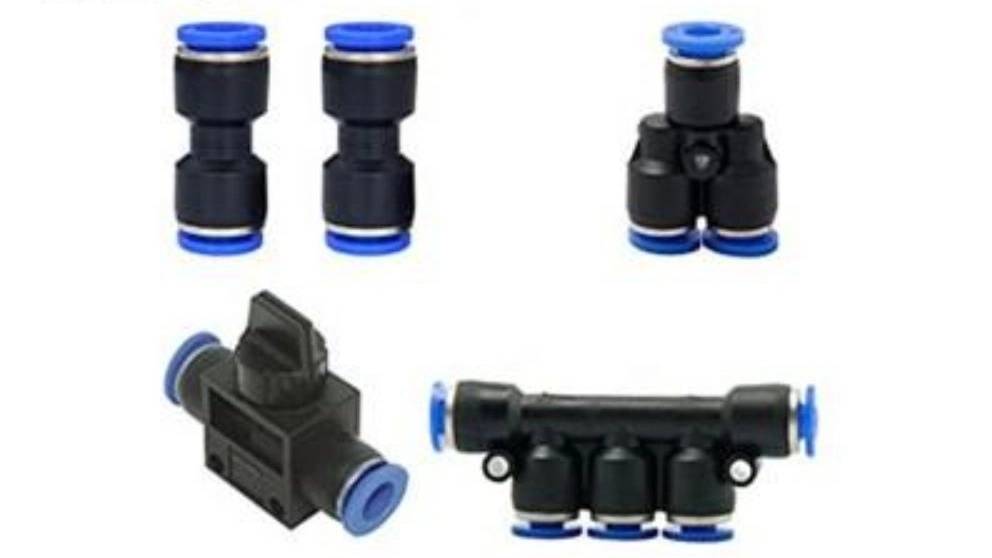What is Hydraulic?
Hydraulics is derived from the Greek word "Hydro" and this word means the flow of liquid movements. In the past centuries, the meaning of hydraulics was only water, and of course, later the title of hydraulics took on a greater meaning, and its meaning and meaning was the study of more exploitation of water and moving water wheels and water engineering. In this century, the concept of hydraulics is no longer specific to water, but has a wider scope and includes the rules and applications of other liquids, especially "mineral oil", because water cannot be used as a transfer energy in industries due to its rusting properties. Due to the fact that oil does not have the property of rusting, nowadays it is widely used in industries, especially for energy transfer in the control system. In short, it can be said: the technology that transfers and transforms power by liquids is called "hydraulics". Since blue hydraulics have the property of rusting, oil hydraulics are used in industries both for lubrication of parts during work and for energy transfer in control systems. When hydraulics is mentioned in the industry, it means "oily hydraulics" like a hydraulic pump.
It can be precisely said that: the field of application of oil hydraulics is the use of its dynamic and static energy, and in control engineering, it is used to transmit signals and generate power. Hydraulic devices that enable the use of hydraulics in the industry have a very old history. One of the oldest of these devices is hydraulic pumps, which was first invented and built by the Greek Ketzi Bius around the middle of the third century BC, a lever piston type pump that had two cylinders.
Oil hydraulic properties and its application in industry
The use of oil hydraulics has given new facilities to car designers, which can implement their ideas and designs in an easier way, especially the standardized parts of oil hydraulics provide a comprehensive help in solving designers' problems. Today, the machine designer can solve complex mechanical control problems in a simpler way and in a shorter time with the help of oil hydraulics, and as a result, supply the design with fewer tanks.
Positive Hydraulic Properties
▪️ Production and transmission of strong forces by small hydraulic parts, which have less weight and their weight ratio is 1 to 10 compared to electrical devices. Simple installation of parts due to their standard ▪️ simple conversion of rotary motion to oscillatory linear motion (back and forth) ▪️ The ability to adjust and control hydraulic parts ▪️ Ability to quickly reverse the direction of movement ▪️ Starting the movement of hydraulic working parts, when they are under load. ▪️ non-step adjustment of force, pressure, torque, speed of working parts ▪️ Increased working life of hydraulic parts due to the presence of oil in these parts ▪️ Simple maintenance of hydraulic devices and installations by manometer ▪️ Ability to automate movements

What is pneumatic?
Pneumatics is one of the types of energy that is currently widely used in all kinds of industries, and it can be said that nowadays there are few factories or industrial centers that do not use pneumatics, and in this century, it is one of the types of energy It has been proven that mankind walks the path of industry by relying on it. Peno in Greek means wind breathing and pneumatics is a science that talks about the movements and events of air. Today, pneumatics is known among craftsmen as a very clean, low-risk and cheap energy, and they use it abundantly.
The main properties of pneumatic energy


